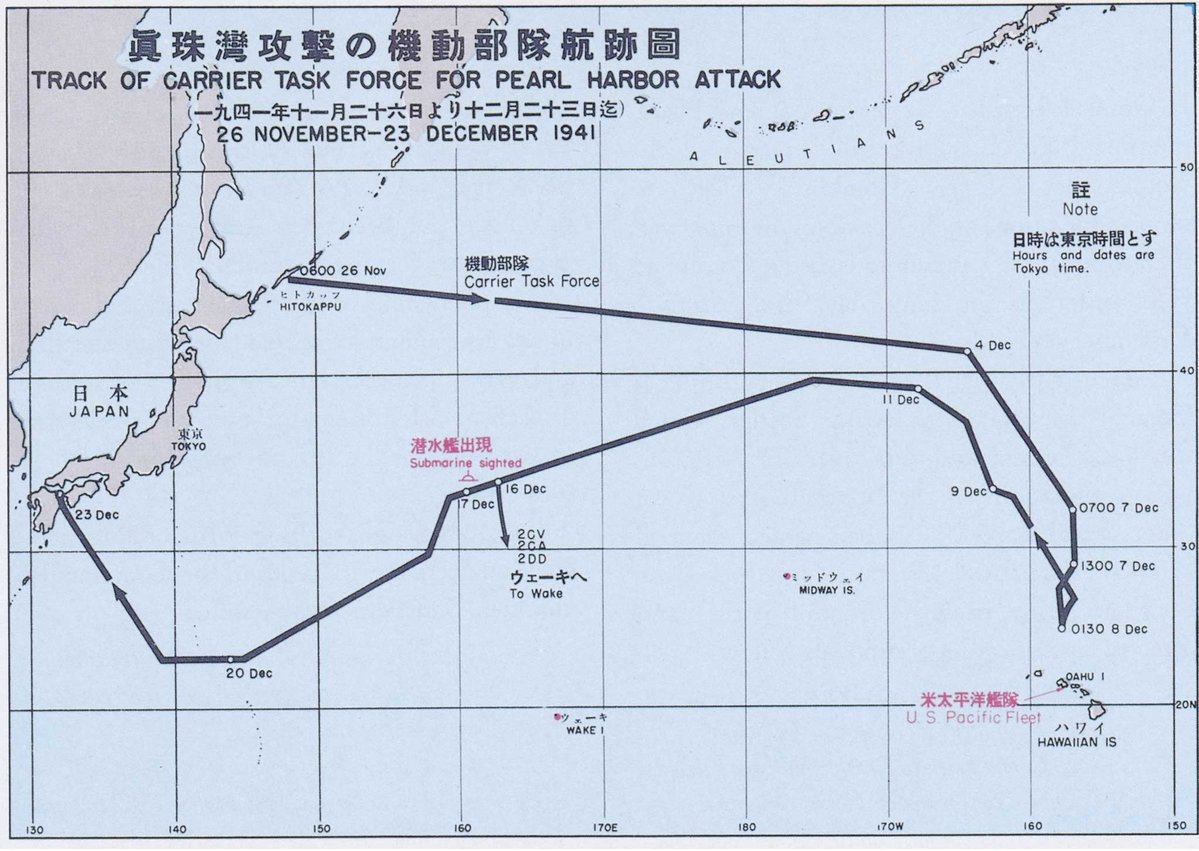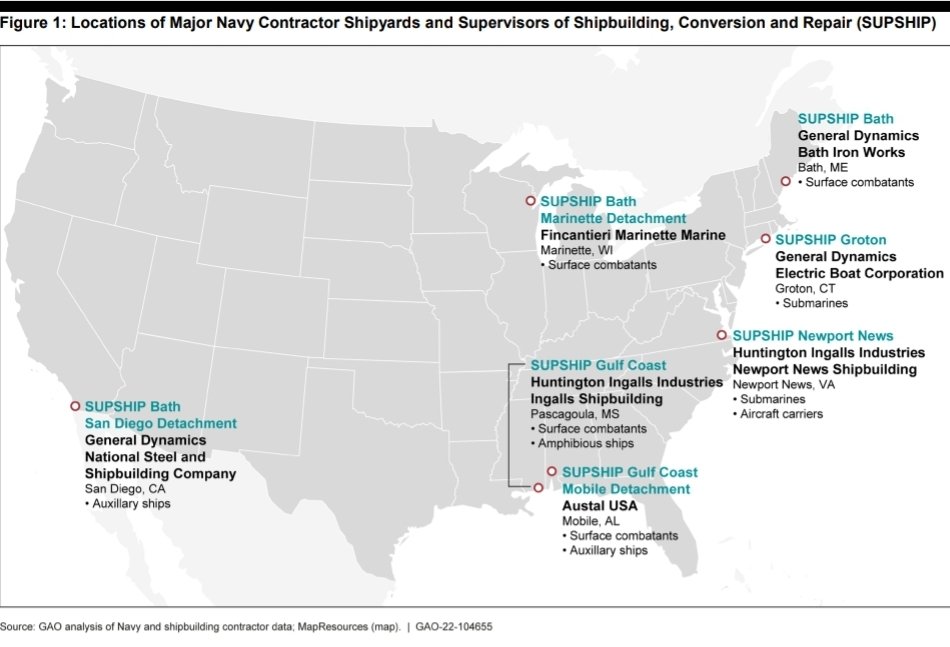1/Your moment of #sealift comes courtsey of the @USMC.
Latest word is USNS GySgt Fred W. Stockham of Maritime Prepositioning Squadron 2 based in Diego Garcia, which has just completed an extensive shipyard availablity, along with its cargo, has been told not to backload.
Latest word is USNS GySgt Fred W. Stockham of Maritime Prepositioning Squadron 2 based in Diego Garcia, which has just completed an extensive shipyard availablity, along with its cargo, has been told not to backload.

2/The ship arrived at the Marine Corps Depot at Blount Island on Feb 14 and was scheduled to commence backload as part of the routine maintenance cycle. @MSCSealift & the crew were told that is was cancelled. The ship will be shifted into a reduced operating status.
3/ The ship is one of three LMSRs assigned to MPSRON 2. Sisler is currently up in Norway conducting an exercise and USNS Seay is in the shipyard in Boston scheduled to backload next.
There are questions about some of the other ships.
There are questions about some of the other ships.

4/Each MPSRON has an expeditionary support dock (ESD) assigned to it to allow ships to offload at anchor and transfer the cargo ashore by LCAC - part of a modified sea basing program.
Of the two ships, John Glenn has been in reduced operating status all last year.
Of the two ships, John Glenn has been in reduced operating status all last year.

5/Montford Point may join the vessel in lay up with talk of selling off the ships since the concept of Sea Basing has fallen out of use.
These ships are similar to ESBs, and should be considered for conversion into such ships, or command vessels, tenders, of hospital ships.
These ships are similar to ESBs, and should be considered for conversion into such ships, or command vessels, tenders, of hospital ships.

6/This may all stem from the @USMC Commandants Planning Guide that contains one single paragraph on the issue of Maritime Prepositioning.
So, is the Marine Corps following with what they did in 2012 when they deactivated MPSRON 1 in the Med, and preparing to do so again?
So, is the Marine Corps following with what they did in 2012 when they deactivated MPSRON 1 in the Med, and preparing to do so again?

7/Why are they willing to lose the capability to preposition a Marine Expeditionary Brigade of 16,000 personnel, with equipment and sustainment for 30 days?
MPS demonstrated its concept in Saudi Arabia 1990, Somalia 1992, Iraq 2003 & 2004; along with a host of many other ops.
MPS demonstrated its concept in Saudi Arabia 1990, Somalia 1992, Iraq 2003 & 2004; along with a host of many other ops.

8/Please...Do not tell me that you are trading a proven concept that can support a MEB, for a light amphibious warship (LAW) that carries 75 Marines, cruises at 14 knots & load 4 to 8k ft2 of cargo.
Compared to one MPS that can carry 100 Marines, 24 knots and carry 300k ft2.

Compared to one MPS that can carry 100 Marines, 24 knots and carry 300k ft2.


9/If you want the longer history of the Marine Corps prepositioning program, check out my article from @NavalInstitute Proceedings, Semper Sealift.
usni.org/magazines/nava…
usni.org/magazines/nava…
• • •
Missing some Tweet in this thread? You can try to
force a refresh






















